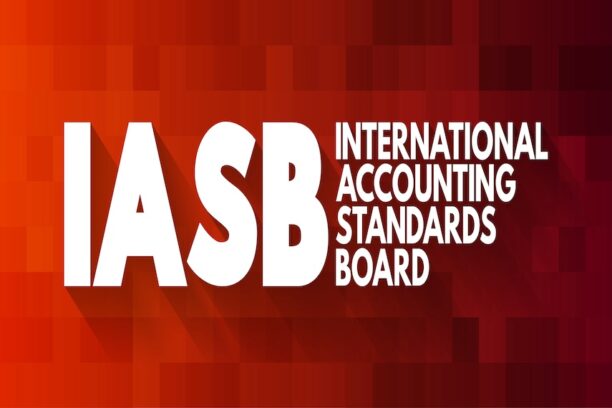I read through the SEC’s 510-page proposed release on climate disclosures and am publishing a short series of articles this week examining key practical aspects of the document. Some of the articles will be member-exclusive. It is important to keep in mind that this rule is a long way from being finalized and the final release may contain notable differences from the proposal.
“The SEC’s climate disclosure proposal is the most extensive, comprehensive and complicated disclosure initiative in decades.”
Meredith Cross, Wilmer Cutler Pickering Hale and Dorr partner and former Director of the SEC’s Division of Corporation Finance
How the Proposal Addresses “Materiality”
The preamble clarifies that the proposal is based on financial materiality as defined/interpreted by the SEC and the courts. Therefore, the proposal focuses on the financial impact of climate matters to the company and does not address company impact on the environment or society, nor a societal cost of carbon. The preamble makes no mention of double materiality or dynamic materiality that are elements of some international disclosure regimes.
Registrants would have to disclose
- how they assess materiality,
- whether they consider likely future regulatory actions,
- how they prioritize, mitigate, or adapt to climate-related risks,
- overall how climate-related factors are integrated into the registrants’ risk management systems or processes,
- detailed descriptions on any transition plans, as applicable, including relevant targets and metrics, how physical and transition risks are managed, and actions taken and progress made toward the plan’s targets or goals.
All of these matters would be shaped by a registrant’s assessment of the financial materiality of climate risks.
Our view: This responds to input from many investors who have voiced to their holdings and to the SEC that climate information is decision-useful to them. It also clarifies SEC’s jurisdiction, likely as a strategy of head off threats of lawsuits based on claims that SEC is attempting to regulate beyond its authority and mission of investor protection. Finally, it supports the position of the regulation being consistent with US accounting and disclosure regimes under FASB.
Some registrants may be able to use existing materiality assessments, however we caution that “social impact” based materiality determinations may not be consistent with the more focused financial materiality basis of the SEC’s proposal.
Proposed Scenario Disclosure
This is a big one and something that investors have been clamoring for. A registrant also would be required to describe any analytical tools, such as scenario analysis, that the registrant uses to assess the impact of climate-related risks on its business and consolidated financial statements, or to support the resilience of its strategy and business model in light of foreseeable climate-related risks.
Disclosure of the parameters, assumptions, and analytical choices involved in the described scenarios would help investors better understand the various considered scenarios and help them evaluate whether the registrant has a plan to manage the climate-related risks posed by each scenario. Because a registrant’s scenario analysis disclosure would necessarily include predictions and other forward-looking statements based on assumptions concerning future events, the SEC believes that the Private Securities Litigation Reform Act (PSLRA) forward-looking safe harbors would apply to much of the disclosure concerning scenario analysis.
Our view: Understanding various assumptions and scenarios incorporated into company evaluations is critical to transparency. With safe harbor protections afforded scenario disclosure under the proposal, companies should feel less constrained about communicating those.
Proposed Offsets and RECs Disclosures
The proposed rules would require registrants to disclose the role that carbon offsets or renewable energy credits or certificates (“RECs”) play in the registrant’s climate-related business strategy. Understanding the role that carbon offsets or RECs play in a registrant’s climate-related business strategy can help investors gain useful information about the registrant’s strategy, including the potential risks and financial impacts. A registrant that relies on carbon offsets or RECs to meet its goals might incur lower expenses in the short term but could expect to continue to incur the expense of purchasing offsets or RECs over the long term. The value of an offset may decrease substantially and suddenly if, for example, the offset represents protected forest land that burns in a wildfire and no longer represents a reduction in GHG emissions. There is also the risk that the availability or value of offsets or RECs might be curtailed by regulation or changes in the market.
Our view: Increased visibility into the use of offsets may be a disincentive for companies to use (or overuse) them. This disclosure may also help weed out fraud and low quality offsets to an extent as the risk to such providers would be far greater than it is today.
Proposed Internal Carbon Price Disclosure
If a registrant uses an internal carbon price, the proposed rules would require disclosure of information about how the price is estimated, boundaries for measurement, rationale for selecting the price used, and how it uses its disclosed internal carbon price to evaluate and manage climate-related risks.
Our view: A requirement to report on internal carbon prices and the associated assumptions used may become a disincentive for companies to use them. It could also unintentionally shed light on certain competitive information that some companies prefer remain confidential.










